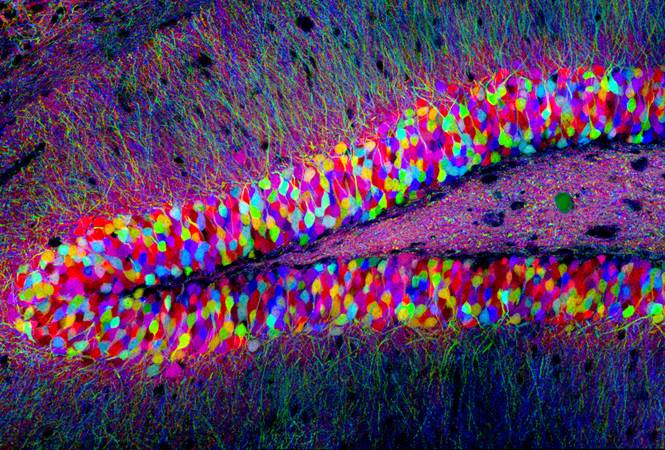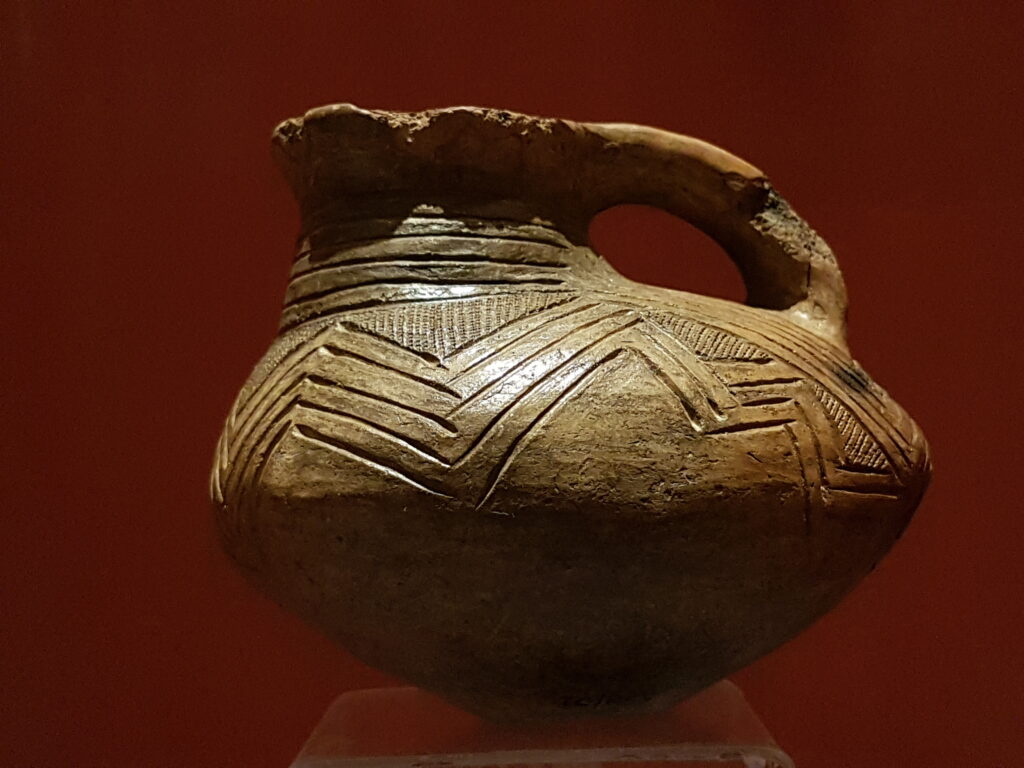Hello! My name is Neil and I’ll be using this blog to reflect on my work as part of the Guided Research Placement where I’ll be part of a team alongside Frankie Vale, Carmen Hesketh, Desiree Skellern, and Hailee Singleton. We will working on the project “Deepening Collections Engagement Through Hybrid Programming” for the University’s Centre for Research Collections, focusing on Health & Healthcare.
Originally, my goal was to work as a researcher in the philosophy and methodology of science. I have always been fascinated by the way we as people learn and this promised to be a way of learning about how we learn at a very fundamental level. I therefore took an undergraduate degree in philosophy at UCL, followed by a master’s and PhD in Bristol. After moving to Canada, I was able to continue this work off-and-on working on several projects (ranging from eye-tracking studies through to neuronal classification systems).

A staining technique dubbed “Brainbow”. A great example of how a beautiful image can tell a story about science. Source: Tamily Weissman, Harvard University, from Cell Press (https://www.cell.com/pictureshow/brainbow)
Throughout this time I was lucky enough to take on a number of science communication roles. I came to realise that I wanted to be in a place where I was able to tell science stories from a variety of perspectives, using any and all tools available to tell those tales. I was also keen to start looking more at the process of science, rather than just the output. My interest is in the people that make the science happen as much as the science itself.
In 2020 I was lucky enough to collaborate on a museological study at the Museum of Archaeology in Malta, which brought me into contact with curatorial work, and ultimately solidified the idea of undertaking a course of this kind.

A Phoenician “Askos” Jar used in our study on the psychological impact of replica objects on Museum visitors. Source: Personal Photograph taken in the Museum of Archaeology, Malta.
Science communication lends itself well to digital storytelling, and I’m keen to learn more about their applications as part of this placement. I’m also keen to reflect on any ethical issues that may arise with respect to digitisation generally, but especially when developing projects related to health collections. Moreover, working as part of a multidisciplinary team is both exciting, and a fantastic opportunity to learn from their different approaches to the issues at hand.